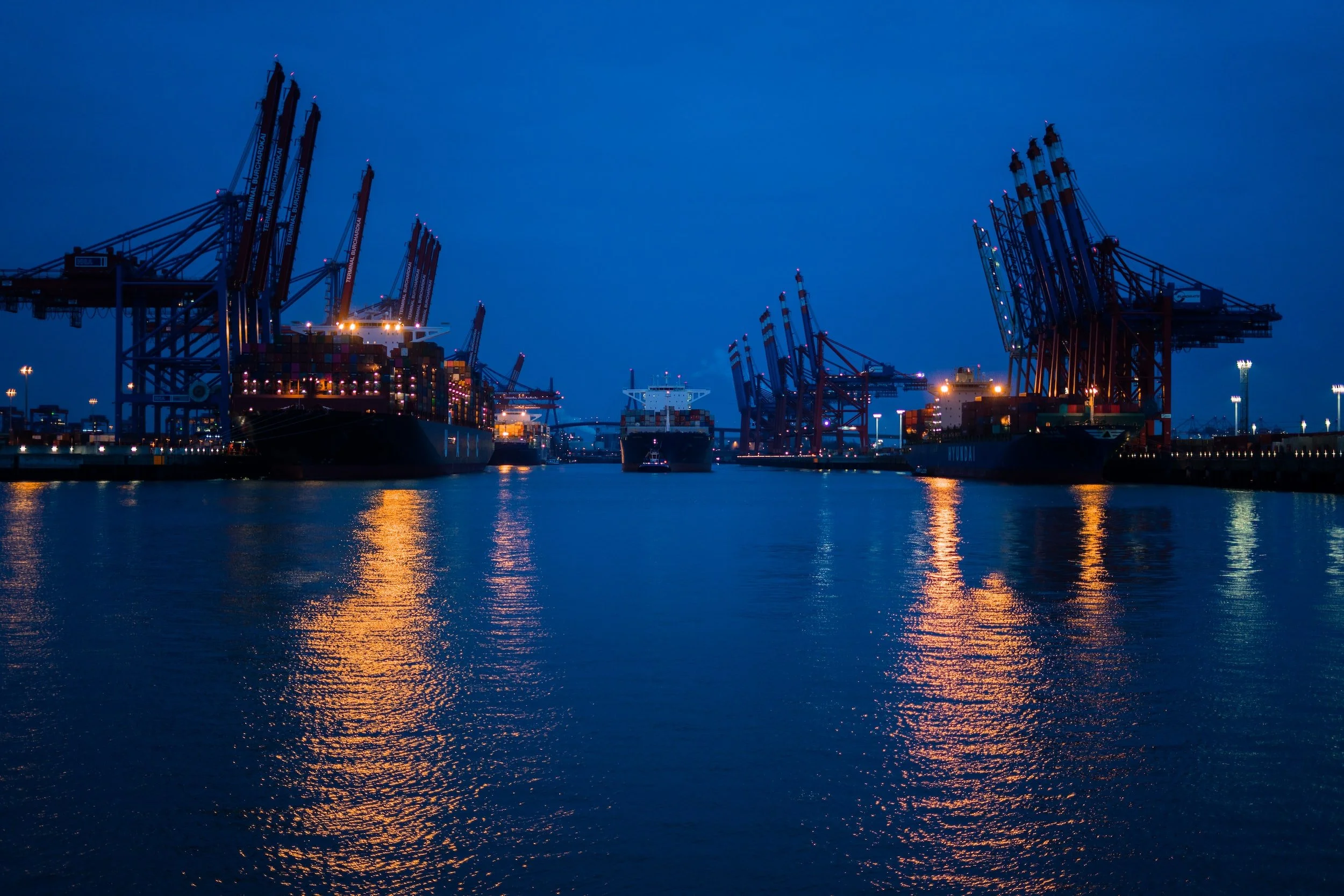By Ulf Bergman
Macro/Geopolitics
Yesterday’s data dump of delayed Chinese economic data highlighted the continued two-speed development of the country’s economy. Since the pandemic, the Chinese economy has been primarily propelled forward by manufacturing and exports. At the same time, the domestic economy has been plagued by sluggish growth amid low consumer spending and a weak labour market. The latest data did little to alter the situation, with manufacturing and exports more robust than expected. In contrast, unemployment rose in September, and house prices fell by 1.5 per cent. In line with the soft data for the domestic economy, Chinese imports only rose marginally last month, which caused the trade surplus to expand by more than expected.
Commodity Markets
The first trading session of the week saw the Brent crude oil futures recording a marginal daily loss of 0.3 per cent. The contracts continued to trade sideways as traders balanced the weak demand outlook against tighter global supplies and ended Monday’s trading at 93.26 dollars per barrel.
The European natural gas market provided much of yesterday's drama, with the front-month futures closing just below 100 euros per megawatt-hour for the first time since the first half of June. The contracts initially continued lower in today’s session and traded below 93 euros following a decline of more than six per cent, but the losses have since been erased. The improving supply situation amid high inventories and mild weather has contributed to the rapid descent of prices in recent days.
Thermal coal prices maintained the negative momentum from Friday as lower gas prices and a resumption of South African coal exports weighed on prices. The Newcastle futures for delivery next month retreated by 1.7 per cent to 384 dollars per tonne, while the European contracts dropped by 3.9 per cent to 247 dollars per tonne.
For iron ore, Monday’s session proved to be uneventful. The November futures trading at the Singapore Exchange retreated marginally but remained above 90 dollars per tonne. However, the mood has darkened in today’s session, with the contracts shedding more than two per cent to trade below 89 dollars per tonne.
The base metals provided some of yesterday’s rare positive performances, with zinc and nickel bucking the general trend and advancing by one and 1,4 per cent, respectively. In contrast, the copper and aluminium futures trading at the London Metal Exchange ended the day lower. The former shed 0.9 per cent, while the latter saw daily losses of 1.4 per cent.
The agricultural commodities also had a weak start to the week. The wheat and soybean futures trading in Chicago retreated by around one and a half per cent as traders mulled an improving supply situation. For corn, the losses were a bit more marginal, with the futures declining by 0.4 per cent.
Freight Markets
The Baltic Exchange’s dry bulk freight indices began the week in the red, with losses across the board. The headline Baltic Dry Index fell by 1.2 per cent amid a weak start to the week for the larger vessels. The sub-index for the Capesizes declined by 1.7 per cent, while the gauge for the Panamaxes dropped by 1.4 per cent. The smaller vessels had a less bad day, with the indicators for the Supramaxes and Handysizes declining by less than half a per cent.
The Baltic’s tanker indices provided some of yesterday’s limited positive performances. The indicator for the dirty tanker freight rates gained 3.8 per cent amid optimism that further trade disruptions will add to the tonne-mile demand. The LPG carriers also began the week on a positive note, with their indicator edging up by 0.6 per cent. The gauge for the LNG freight rates remained unchanged on Monday, while the clean tanker index retreated by 0.6 per cent.
The View from the Shipfix Desk
Following a strong recovery during September, the Baltic Exchange’s Capesize index has retreated by more than twenty per cent in the last three weeks. Cargo order volumes for the segment trended higher during most of the third quarter, which in combination with generally low vessel supply, contributed to the rebound. However, the current month has seen a reversal of the trend. The past week has seen the segment’s cargo order volumes decline compared to previous weeks. In addition, vessel supply has also increased somewhat since September’s lows. Hence, the weakness in the Capesize segment looks set to remain for the time being.
Data Source: Shipfix

